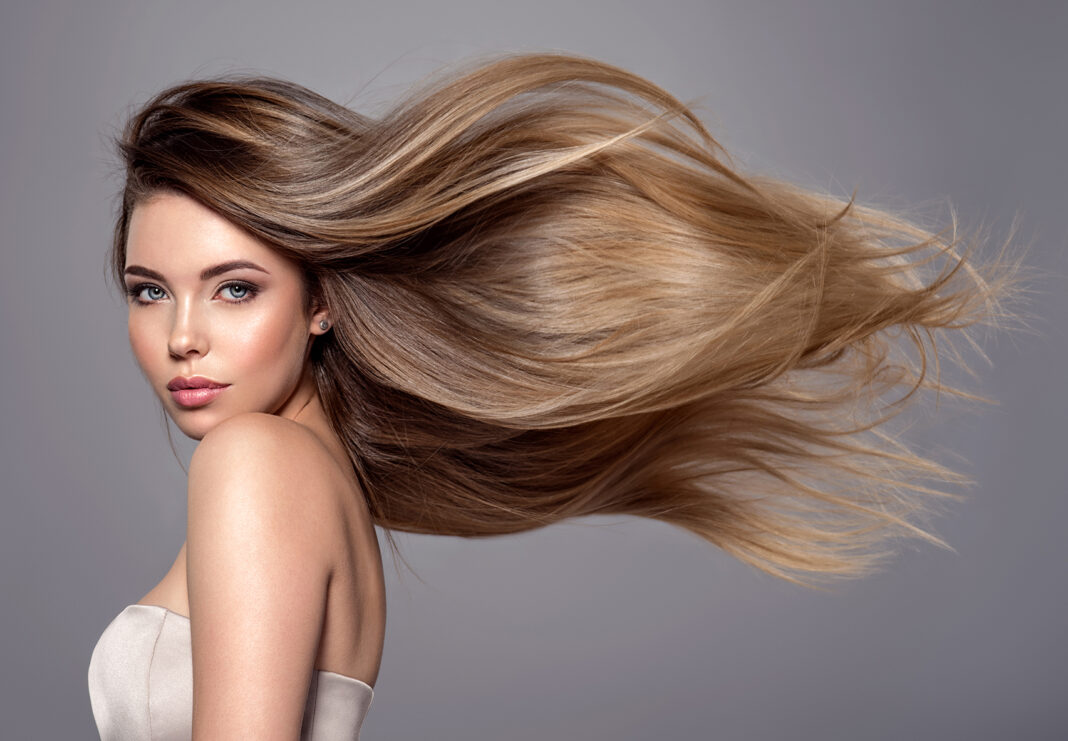From taming frizz to restoring moisture and enhancing shine, hair oils have become an essential part of many people’s haircare arsenal. Just as our skin (and inner bodies) need to be tended to, our hair can tend to take the backseat and there is always a component that seems to nag at consumers nowadays: options—each claiming to repair, protect, and nourish—it can be overwhelming to know what really matters when choosing the right one.
Whether you’re shopping for a daily styling aid, a deep-conditioning finisher, or a multi-tasking hydrator, here’s what to consider when selecting a high-quality hair oil for women.
1. Your Hair Type and Texture
The first step to choosing the right hair oil is understanding your own hair type. Fine hair, for instance, is easily weighed down, while coarse or curly hair typically requires more intense moisture. A formula (like amika hair oils) that works wonders for thick, porous strands might overwhelm thinner hair types.
- For fine to medium hair, look for fast-absorbing, lightweight oils—these will smooth frizz and add shine without making hair limp or greasy.
- For thick, coarse, or textured hair, richer formulas with heavier emollients can help detangle, soften, and strengthen strands that need more love.
Some high-quality oils are formulated to work across all textures, but it’s still worth checking how they’re marketed and reading reviews from people with similar hair types.
2. Ingredient Transparency and Quality
What’s inside the bottle matters. The best hair oils prioritize clean, functional ingredients that provide both instant results and long-term benefits. Here are a few standout ingredients to look for:
- Sea buckthorn (also called Obliphica): Rich in omega-7, antioxidants, and essential fatty acids, this oil is a powerhouse for replenishing dry, brittle hair while adding elasticity and shine. It’s ideal for anyone looking to combat dullness or frizz.
- Squalane: A plant-derived emollient that mimics your skin and scalp’s natural oils. It delivers hydration without heaviness, making it especially useful in oils formulated for fine or straight hair.
- Ceramides: These help restore the protective lipid layer of hair, improving moisture retention and strengthening the hair shaft—perfect for damaged or chemically treated hair.
- Jojoba oil: Structurally similar to natural sebum, jojoba helps balance oil production and can hydrate without clogging the scalp or creating buildup.
- Antioxidants: Look for extracts like raspberry stem cells or red wine-derived antioxidants. These offer protection from oxidative stress caused by UV rays, pollution, and heat styling.
Ingredients like mineral oil or overly heavy silicones can provide temporary shine but may lead to buildup or dullness over time. When in doubt, opt for a product that’s free of parabens and phthalates and formulated with ethically sourced botanicals.
3. Weight and Finish
The texture of a hair oil makes a huge difference in how it performs. Some oils are deeply nourishing but leave behind a heavy, greasy residue, which can be especially problematic if you have fine or straight hair. Others feel silky and weightless, designed to absorb instantly and layer well with styling products.
Many of today’s best oils use a serum-oil hybrid format, allowing for easy styling without compromising on nourishment. These types of formulas work well whether you apply on damp hair for heat protection or on dry hair as a shine finisher. The convenience of this modern haircare lends to a certain level of adaptability for most users.
If you’re seeking a glossy, mirror-like finish without the weight, look for products that mention terms like “dry oil,” “weightless,” or “non-greasy” in their descriptions.
4. Multi-Functionality
In a world where simplicity matters, versatile products win. The most effective hair oils do more than one thing: they hydrate, smooth, protect, and enhance the look and feel of your hair in a single step.
Some oils are clinically tested to provide up to 72 hours of hydration, while others offer thermal protection up to 450°F—making them ideal for blow-drying, straightening, or curling. Bonus points for formulas that also include UV filters or environmental protection benefits, especially if you live in an urban or sunny climate.
5. Scent and Sensory Experience
Hair oil is one of the few products you’ll likely smell throughout the day. A pleasant, subtle fragrance can enhance the overall experience, but it shouldn’t be overpowering. Many premium oils strike a balance with warm, clean, or fruity notes that linger without being cloying.
If you’re sensitive to fragrance, you may want to choose an oil made with naturally derived scent components or essential oils.
Choosing the Right Oil for a Perfect and Healthier You
Choosing the right hair oil should never boil down to a superficial choice. It’s about finding a product that aligns with your hair’s unique needs—whether that’s weightless hydration, heat protection, or deep restorative care.
In addition to understanding key ingredients, it’s key to understand the unique attributes (never consider them curses) of your hair, and based on your findings, prioritize lightweight, multi-use formulas that nourish your hair from the inside out—not only will you be twirling with delight but your strands will gladly thank you as well!






